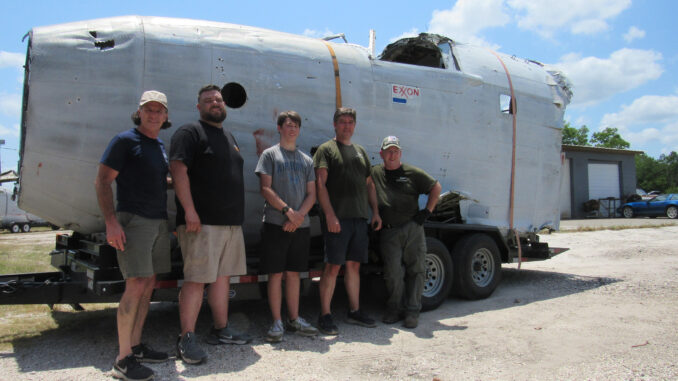
The long-neglected LB-30 Liberator project (RAF serial AL557) which sat outside in Colorado for more than 20 years has finally been brought in from the cold and will undergo restoration to flying condition. Eric Miller and Project Warbird of Anderson, South Carolina, have acquired the Liberator and already hauled the majority of the bomber home. Ray Moore’s Hangar Thirteen in Asheville, North Carolina is now preparing to build a jig for restoration of the forward fuselage. Once the nose section is in its jig, Project Warbird will move it to their facility where the actual rebuild will commence.
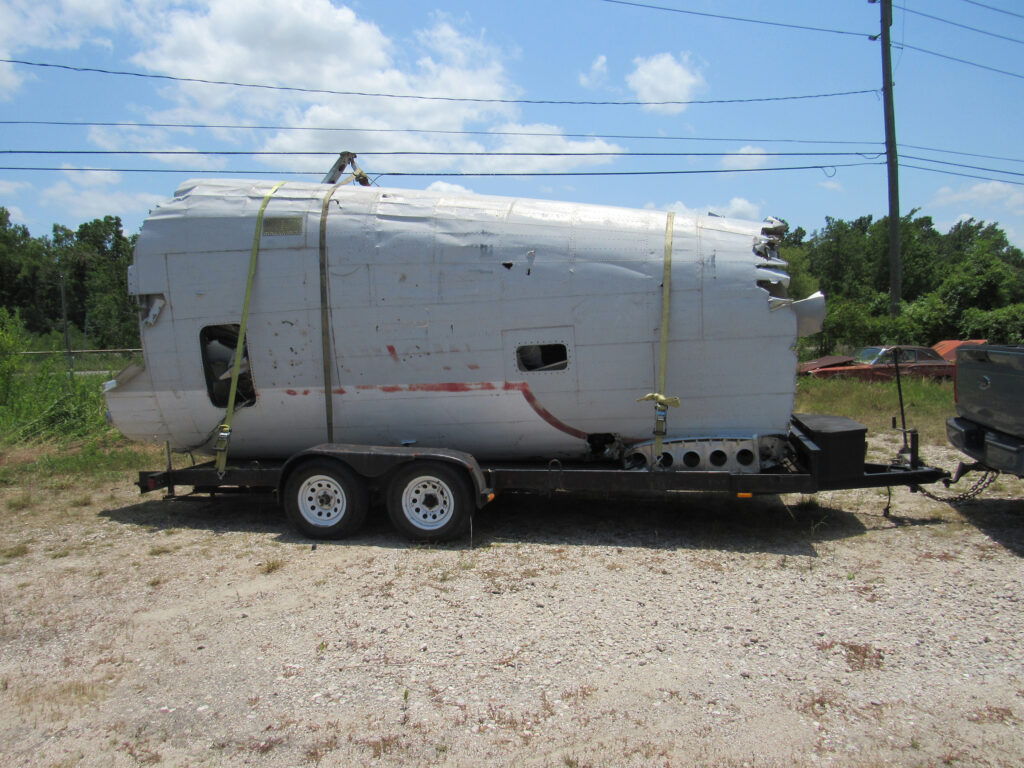
Of the 18,482 Liberators built, there are now just two in flying condition (the CAF’s Diamond Lil and Collings Foundation’s Witchcraft), fourteen complete examples (depending upon how one counts them), plus seven nose sections and a number of other substantial pieces. AL557 was the 55th Liberator to roll off the assembly line and is presently the breed’s second oldest known survivor.
Liberator enthusiasts should be familiar with James D. Oughton’s 2007 book The Liberator in RAF and Commonwealth Service, published by Air-Britain (Historians) Ltd. In the book, Oughton provides a detailed history of AL557. An abbreviated, amended history from Oughton’s book follows below:
Oct. 10, 1941 • Taken on charge with RAF at Dorval (Montreal, Quebec)
Nov. 22, 1941 • Flown from Gander, Newfoundland to Prestwick, Scotland
Nov. 23, 1941 • Delivered to Scottish Aviation, Ltd. (SAL)
Dec. 14, 1941 • SAL to 22 Maintenance Unit; later returned to SAL for further modifications
Mar. 14, 1942 • Flown from SAL to No.120 Squadron (RAF Coastal Command)
July 10, 1943 • To India, posted to No.159 Squadron, general duties with South East Asia Command
Feb. 22, 1945 • Departed India and delivered to the Mediterranean Allied Air Forces the following day
April 6, 1945 • Arrived SAL for passenger conversion, registered G-AGZI to Scottish Aviation Ltd., for Icelandic charters
Feb. 24, 1948 • Sold to the Greek carrier Hellenic Airways, registered SX-DAA Maid of Athens
Nov. 23, 1951 • registration canceled, sold to Morrison-Knudsen, Inc., reregistered N9981F
December 1951 • Morrison-Knudsen, Inc., changed registration to N68735
June 1, 1953 • Damaged upon landing when it slid into a ditch at Wales, Alaska; repaired and reregistered N92MK
1958 • Landed short at Kalikat Creek, 30 miles south of Galena, Alaska. Aircraft stripped and pushed to one side of the airport
1990 • Aircraft acquired by the Alaska Aviation Heritage Museum. Dismantled and flown in two loads by C-133 to Anchorage, Alaska
1996 • Ownership passes to the Lone Star Flight Museum, Galveston, Texas; stored at Vintage Aircraft Ltd., Fort Collins, Colorado
2001 • Acquired by Don Whittington and Worldjet, Ft. Lauderdale, Florida.
A number of interested parties tried to buy the bomber project from Don Whittington over the years but none were unsuccessful. Around 2021, Harold Jansen purchased the project, and transported it to the Houston area where it was again placed in storage. Eric Miller and Project Warbird acquired the bomber in Spring 2023.
Now that the bomber is in South Carolina, Miller’s Project Warbird is beginning the task of acquiring technical manuals, drawings, as well as any and all parts needed to return the plane to fly. If you have B-24 parts in your barn, hangar, or garage, please reach out through Project Warbird’s website.
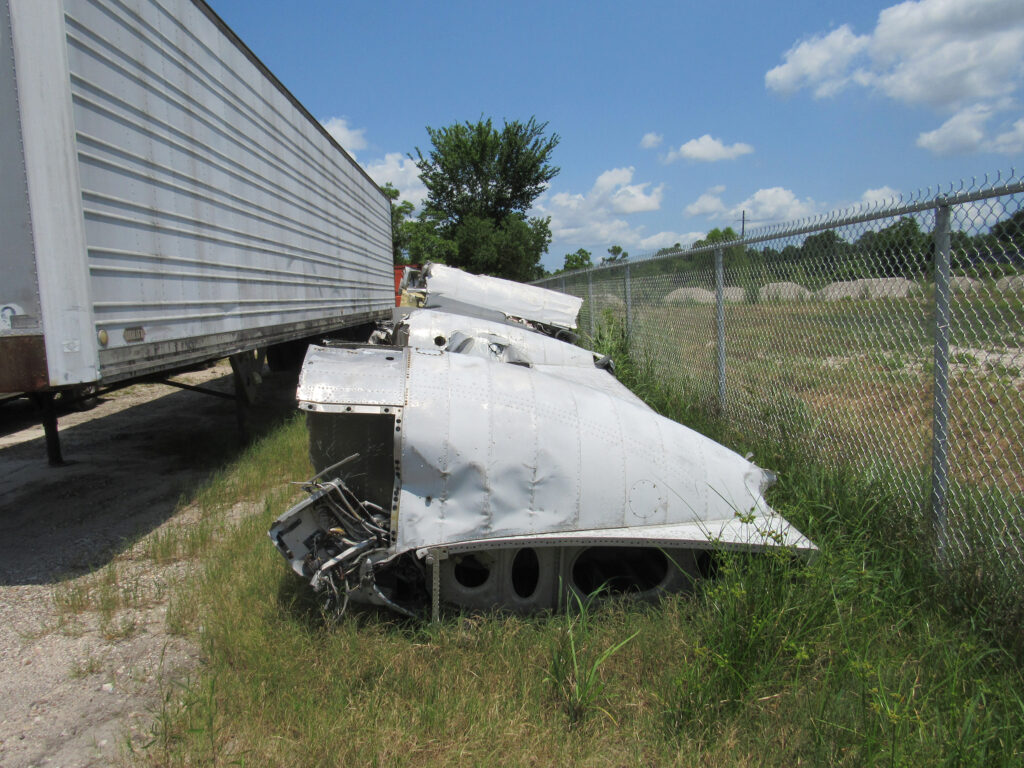
Project Warbird is offering its P-63A (42-70190) and its BT-13 projects for sale to help fund the acquisition and beginning stages of the restoration. Please visit their website for more information, www.projectwarbird.com.
For further reading, please check out RAF Liberators Over Burma by the late Bill Kirkness, DFM and Matt Poole. The book details the WWII operations of RAF No.159 Squadron, in which AL557 served for a time
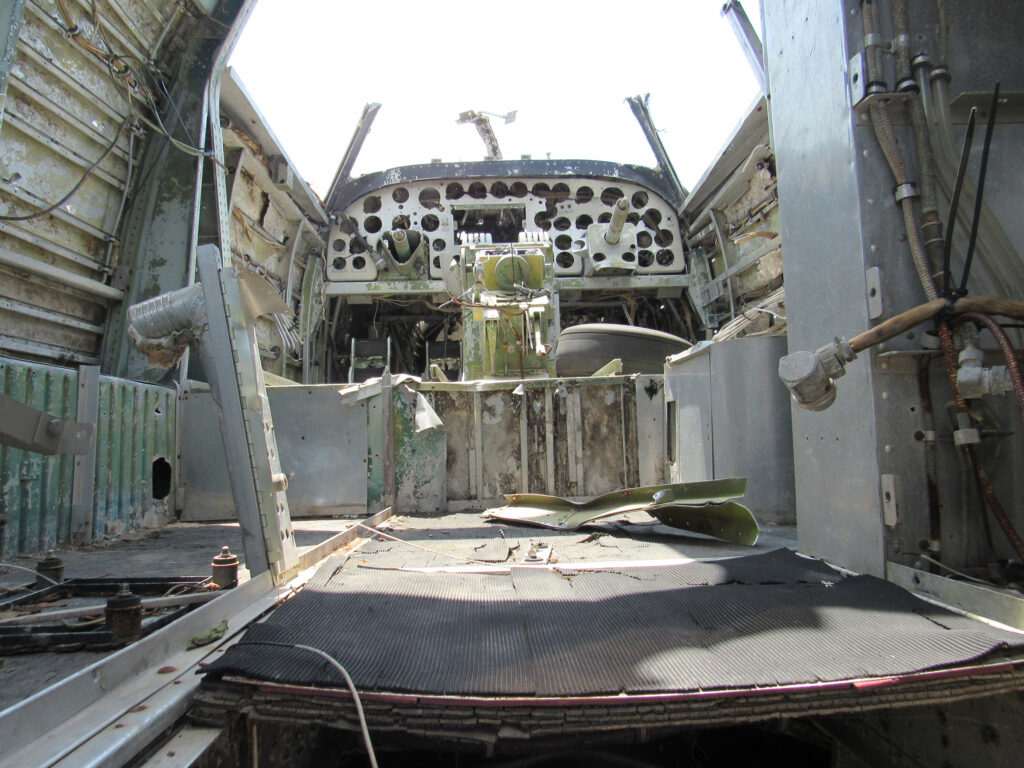
Related Articles
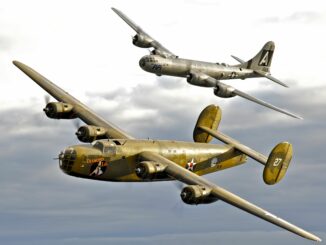
National Museum of the USAF Hosts Air Power History Tour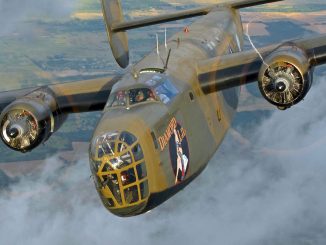
B-24 Getaway Gertie Commemoration Planned to Include Diamond Lil Flyover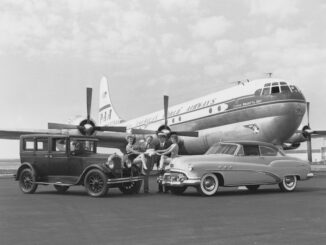
Memorial Unveiled to Pan Am Stratocruiser Flight 7 Passengers and…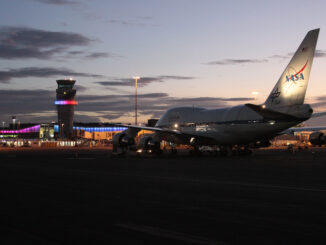
Last Flight for NASA’s SOFIA Boeing 747SP Aerial Observatory
AMARG: America’s Strategic Military Aircraft Reserve – New Book by…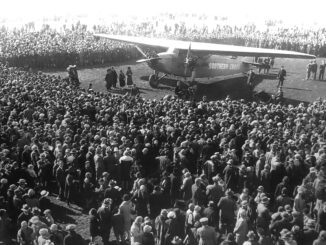
Charles Kingsford Smith’s Landing Site Preserved in Christchurch, New Zealand
Born in Milan, Italy, Moreno moved to the U.S. in 1999 to pursue a career as a commercial pilot. His aviation passion began early, inspired by his uncle, an F-104 Starfighter Crew Chief, and his father, a military traffic controller. Childhood adventures included camping outside military bases and watching planes at Aeroporto Linate. In 1999, he relocated to Atlanta, Georgia, to obtain his commercial pilot license, a move that became permanent. With 24 years in the U.S., he now flies full-time for a Part 91 business aviation company in Atlanta. He is actively involved with the Commemorative Air Force, the D-Day Squadron, and other aviation organizations. He enjoys life with his supportive wife and three wonderful children.

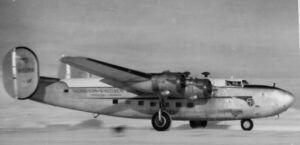
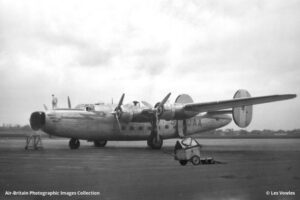
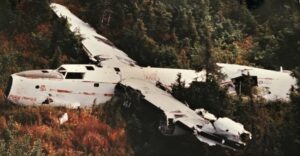

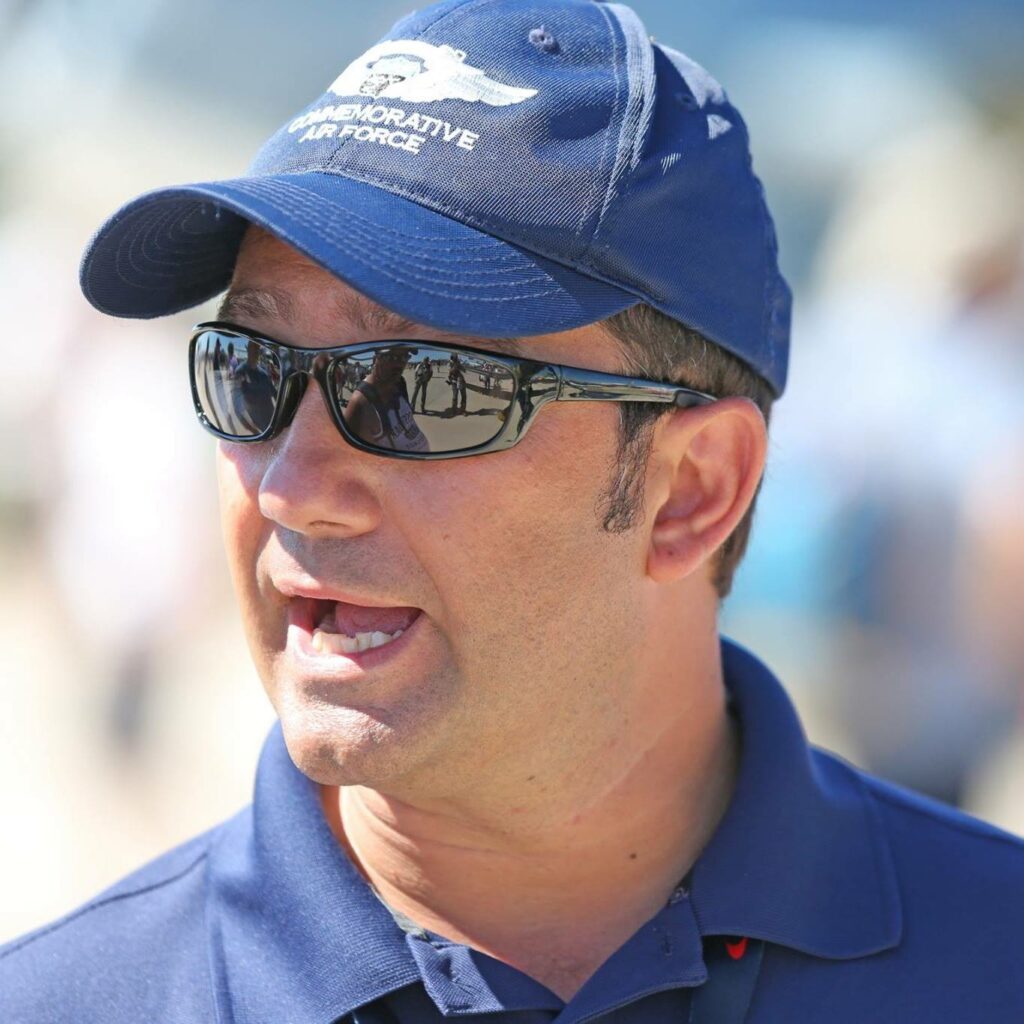

My Grandfather was a B 24 gunner in 5th AAF 380TH BG 531ST Bomb squadron. What happened with the Collings foundation B 24? Does it still fly? My understanding is that it is a late production J model like the one my grandfather flew in SWPAF. All other exciting examples are cargo variants. This model doesn’t have supercharged Pratt & Whitney engines?
My grandfather flew missions in South Pacific in a lb 30 during world war II. He said they had to do crude modification that involved cutting the tail cone open in order to have a tailgun. He said that it was nothing more than a bicycle seat mounted on the floor with two 50 caliber Browning hanging in open air.
msgt Robert l Kramer.
Hi 👋 there fantastic and fabulous you folks are doing what you do bringing history back to life i would love to do what you all do as im a aircraft nut my self well done 👏
I’m really happy to hear more about this LB-30. Ever since I got into Warbirds in 2016 (which, while recent, does show my age quite a bit, at 22), I’ve been obsessed with this one in particular. Grandpa was a B-24 mechanic during the war. I had no idea it was stored in my home town of Houston for a time! That’s crazy! I’m just glad she’ll fly again someday. Cheers from Texas!
My father accumulated some 464 hours during two construction seasons flying this LB 30 aircraft for Morrison Knudsen. I have supplied copies of my father’s logbook pages to Eric Miller documenting this. I am enthusiastically tracking its restoration progress and hope to someday visit the aircraft and personally thank those involved. Additionally, thanks to all working to preserve aviation history.